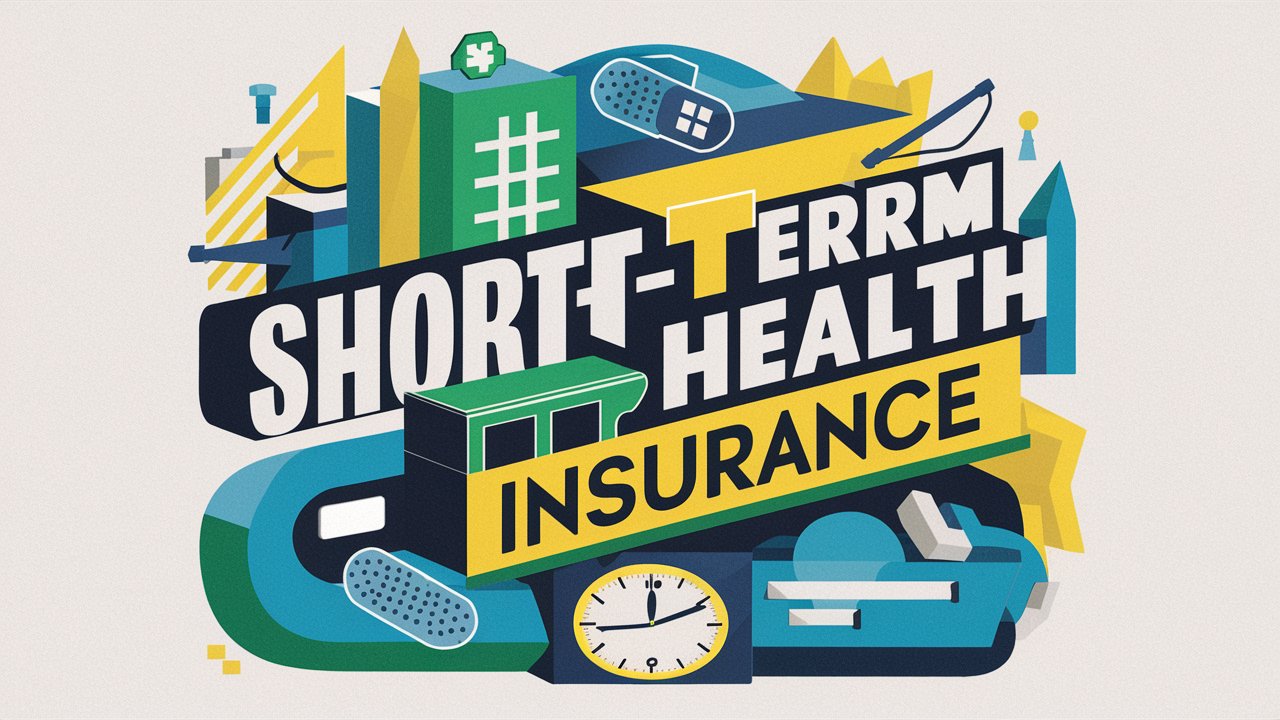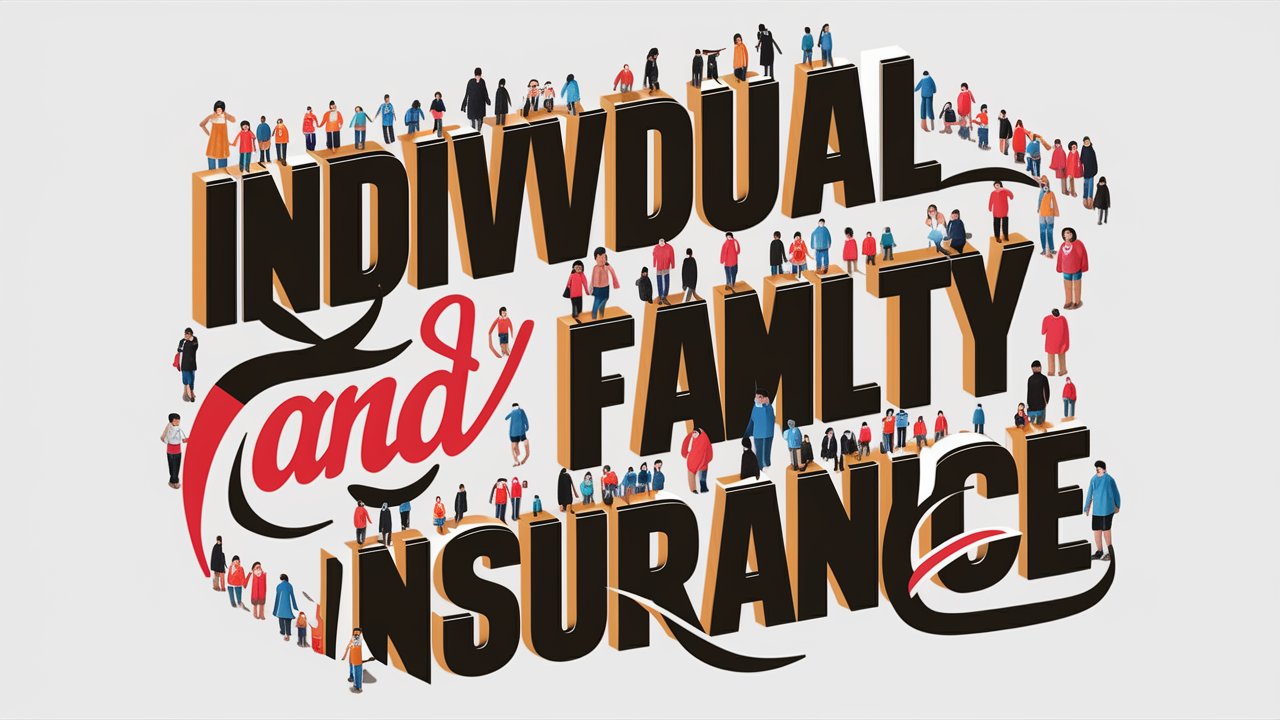In today’s complex healthcare landscape, Government Health Insurance Programs play a crucial role in ensuring access to affordable medical care for millions. From Medicaid’s support for low-income families to Medicare’s coverage for seniors, these programs are lifelines that bridge gaps in healthcare access across diverse communities. This blog explores how these initiatives work, who they benefit, and why they’re essential in our society’s healthcare framework.
Introduction
In an era where health care costs continue to rise, government health insurance programs play a critical role in providing access to essential medical services for millions of Americans. These programs serve as a safety net for individuals and families who might otherwise be unable to afford necessary care. This comprehensive guide explores the landscape of government health insurance programs in the United States, detailing their history, eligibility criteria, benefits, and the impact they have on public health. Whether you’re seeking to understand these programs for personal reasons or aiming to gain a deeper knowledge for professional purposes, this article will equip you with valuable insights into the workings of government health insurance.
The Origins and Evolution of Government Health Insurance
The Beginnings-Social Security Act of 1935
The foundation of government health insurance programs in the United States was laid with the Social Security Act of 1935. This landmark legislation initially focused on providing financial assistance to the elderly, unemployed, and disadvantaged families. Although it did not include health insurance provisions, it set the stage for future expansions that would address the medical needs of vulnerable populations.
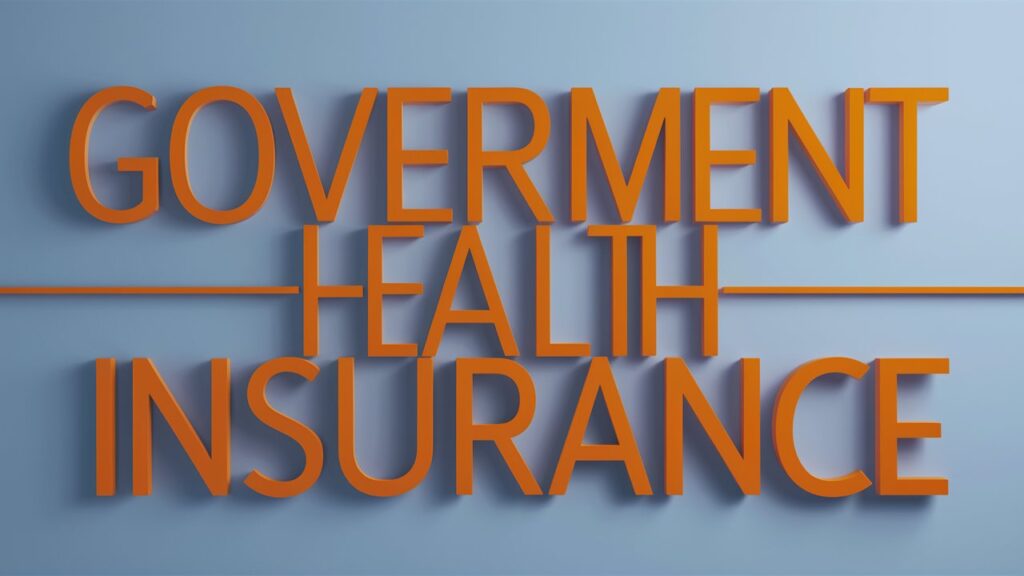
Medicare and Medicaid-The 1965 Milestone
The most significant expansion came in 1965 with the establishment of Medicare and Medicaid under the Social Security Amendments. President Lyndon B. Johnson signed these programs into law, marking a transformative moment in American health care. Medicare was designed to provide health insurance for individuals aged 65 and older, while Medicaid aimed to assist low-income individuals and families, offering a broad range of health services.
Understanding Medicare
Who Is Eligible?
Medicare primarily serves individuals who are 65 years and older, but it also covers younger people with disabilities and those with End-Stage Renal Disease (ESRD). To be eligible for Medicare, one must be a U.S. citizen or a legal resident for at least five consecutive years.
Parts of Medicare
Medicare is divided into four parts,
- Medicare Part A
Hospital Insurance
Covers inpatient hospital care, skilled nursing facility care, hospice care, and some home health care.
- Medicare Part B
Medical Insurance
Covers outpatient care, preventive services, ambulance services, and durable medical equipment.
- Medicare Part C
Medicare Advantage Plans
Offers an alternative way to receive Medicare benefits through private health plans approved by Medicare.
- Medicare Part D
Prescription Drug Coverage
Provides prescription drug coverage through private plans that contract with Medicare.
Enrollment and Costs
Enrollment in Medicare can be automatic or manual, depending on whether an individual is already receiving Social Security benefits. While Part A is usually premium-free for those who have paid Medicare taxes, Parts B, C, and D typically involve monthly premiums, deductibles, and copayments. Financial assistance programs are available for those with limited income and resources.
Exploring Medicaid
Eligibility and Coverage
Medicaid is a state and federal program providing health coverage for low-income individuals and families, including children, pregnant women, elderly adults, and people with disabilities. Eligibility criteria vary by state but generally include income and asset limits.
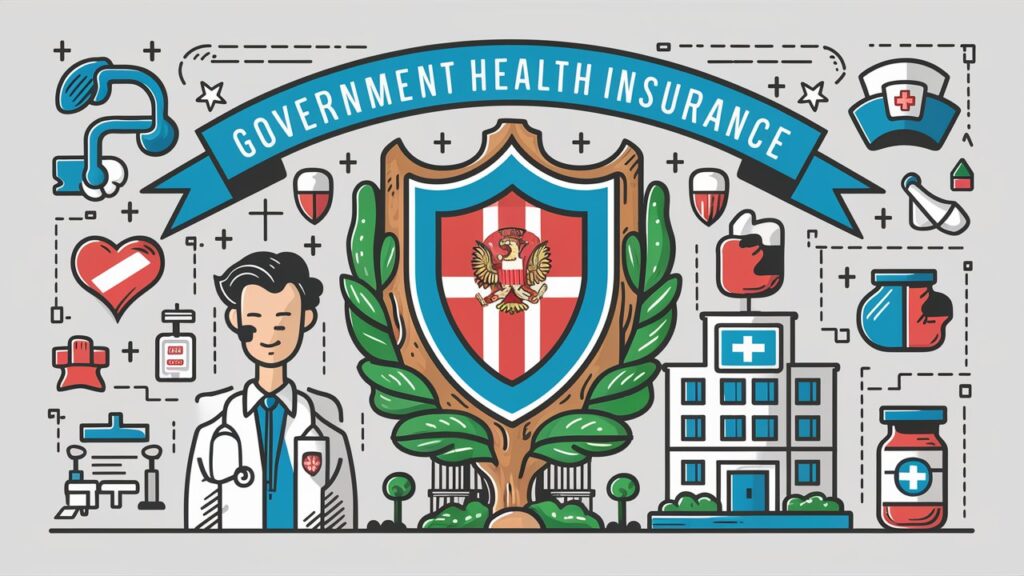
Essential Health Benefits
Medicaid covers a wide range of health services, often referred to as “essential health benefits.” These typically include,
- Inpatient and outpatient hospital services
- Physician services
- Laboratory and X-ray services
- Home health services
- Nursing facility services
- Early and Periodic Screening, Diagnostic, and Treatment (EPSDT) services for individuals under 21
- Family planning services
- Prescription drugs (optional but covered by most states)
Expansion Under the Affordable Care Act
The Affordable Care Act (ACA) of 2010 significantly expanded Medicaid eligibility. States were given the option to extend coverage to adults with incomes up to 138% of the federal poverty level (FPL). As of today, many states have adopted this expansion, thereby increasing access to health care for millions of Americans.
Children’s Health Insurance Program (CHIP)
Bridging the Gap for Children
CHIP was created in 1997 to provide health coverage for uninsured children in families with incomes too high to qualify for Medicaid but too low to afford private insurance. CHIP is jointly funded by the federal government and states and is administered by the states according to federal guidelines.
Benefits and Services
CHIP benefits vary by state but typically include,
- Routine check-ups
- Immunizations
- Doctor visits
- Prescriptions
- Dental and vision care
- Inpatient and outpatient hospital care
- Laboratory and X-ray services
- Emergency services
Veterans Health Administration (VHA)
Serving Those Who Served
The Veterans Health Administration (VHA) is a comprehensive health care system operated by the Department of Veterans Affairs (VA). It provides health care services to eligible veterans, emphasizing those with service-connected disabilities, low income, or special health needs.
Services Provided
VHA services include,
- Primary and specialty care
- Mental health services
- Hospital and outpatient care
- Prescription medications
- Long-term care
- Rehabilitation services
- Women’s health services
TRICARE Health Care for Military Families
Comprehensive Coverage
TRICARE is the health care program serving active-duty service members, National Guard and Reserve members, retirees, their families, and survivors. Administered by the Department of Defense, TRICARE offers various plans to meet the diverse needs of military families.
Types of TRICARE Plans
TRICARE provides several plan options, including
- TRICARE Prime – Managed care option requiring enrollment and primary care manager referrals.
- TRICARE Select – Preferred provider option allowing greater flexibility in choosing providers.
- TRICARE for Life – Supplementary coverage for Medicare-eligible military retirees.
- TRICARE Reserve – Select Available to National Guard and Reserve members who are not on active duty.
Indian Health Service (IHS)
Health Care for Native Americans
The Indian Health Service (IHS) is a federal program providing health care to American Indians and Alaska Natives. IHS services are delivered through a network of hospitals, clinics, and health stations managed by IHS, tribal health programs, and urban Indian health programs.
Services and Initiatives
IHS offers a range of services, including
- Primary care
- Hospital and specialty care
- Behavioral health services
- Dental care
- Public health programs
- Community health initiatives
State-Specific Health Insurance Programs
Tailored to Local Needs
In addition to federal programs, many states offer their own health insurance programs to address specific needs within their populations. These programs often complement federal initiatives and provide additional support for underserved groups.
Examples of State Programs
- MassHealth (Massachusetts)
Provides health coverage for low- and moderate-income residents, including children, seniors, and people with disabilities.
- Medi-Cal (California)
Offers comprehensive health benefits to low-income individuals and families, including those who are undocumented.
- Healthy Michigan Plan
An expanded Medicaid program providing health coverage for low-income Michigan residents.
Impact of Government Health Insurance Programs
Improving Access to Care
Government health insurance programs have significantly improved access to health care for millions of Americans. By reducing financial barriers, these programs ensure that more people can receive preventive services, manage chronic conditions, and obtain necessary treatments.
Reducing Health Disparities
These programs also play a crucial role in reducing health disparities among different socioeconomic groups. Medicaid and CHIP, for example, have been instrumental in improving health outcomes for children and low-income families, leading to better overall public health.
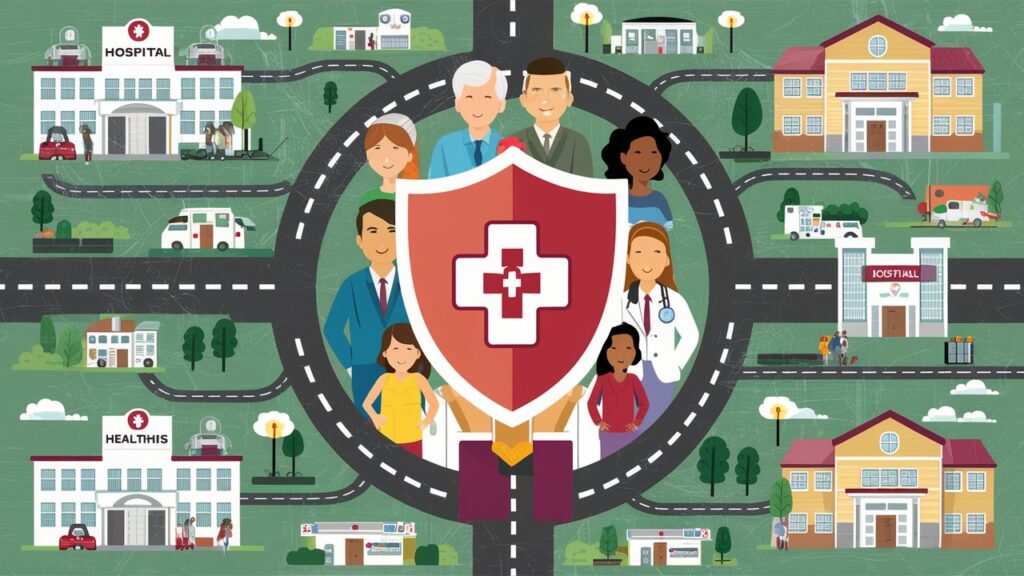
Economic Benefits
Beyond individual health outcomes, government health insurance programs contribute to the economy by reducing the burden of medical debt and increasing productivity. Healthier populations are more likely to participate in the workforce and contribute to economic growth.
Challenges and Future Directions
Funding and Sustainability
One of the ongoing challenges for government health insurance programs is ensuring adequate funding and long-term sustainability. With rising health care costs and an aging population, programs like Medicare face significant financial pressures.
Policy and Reform
Health policy remains a contentious issue, with debates over the scope, funding, and structure of government health insurance programs. Ongoing reforms aim to address these challenges by improving efficiency, expanding coverage, and ensuring that programs meet the evolving needs of the population.
Technological Advancements
The integration of technology into health care delivery is another area of focus. Telemedicine, electronic health records, and data analytics are transforming how services are provided and managed, offering opportunities to enhance the effectiveness and reach of government health insurance programs.
Conclusion
Government health insurance programs are a cornerstone of the American health care system, providing vital support to millions of individuals and families. From Medicare and Medicaid to CHIP and the Veterans Health Administration, these programs ensure that vulnerable populations have access to essential health services. While challenges remain, ongoing reforms and technological advancements hold promise for a more efficient and inclusive health care system. Understanding these programs’ intricacies helps individuals navigate their options and advocates for continued improvements in public health policy. As we move forward, the commitment to sustaining and enhancing these programs will be crucial in achieving a healthier, more equitable society.
For more details please visit our home page Click here
